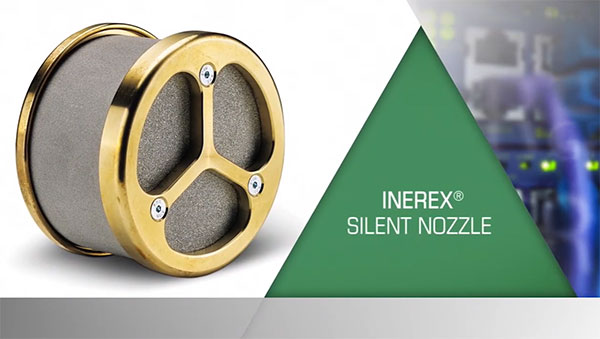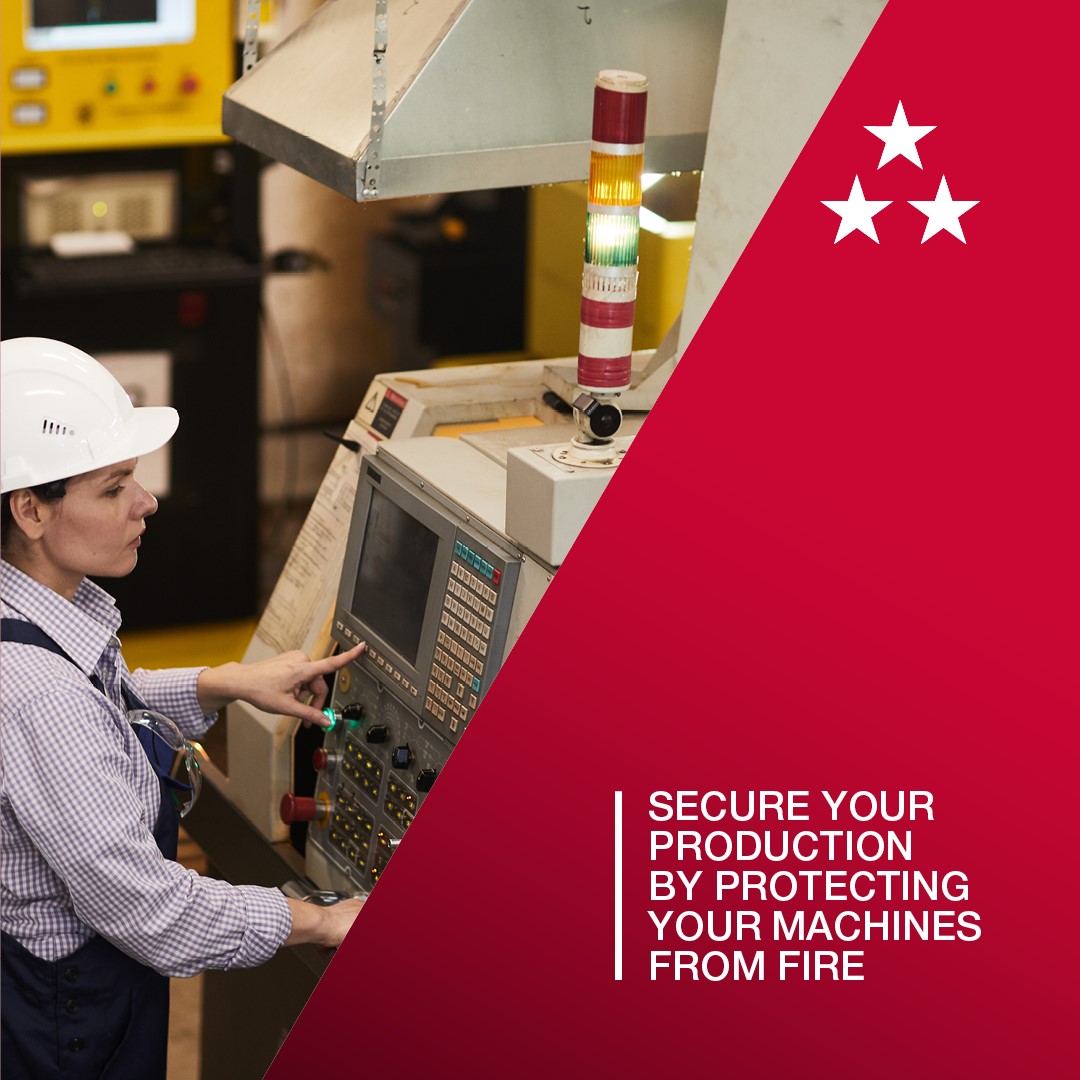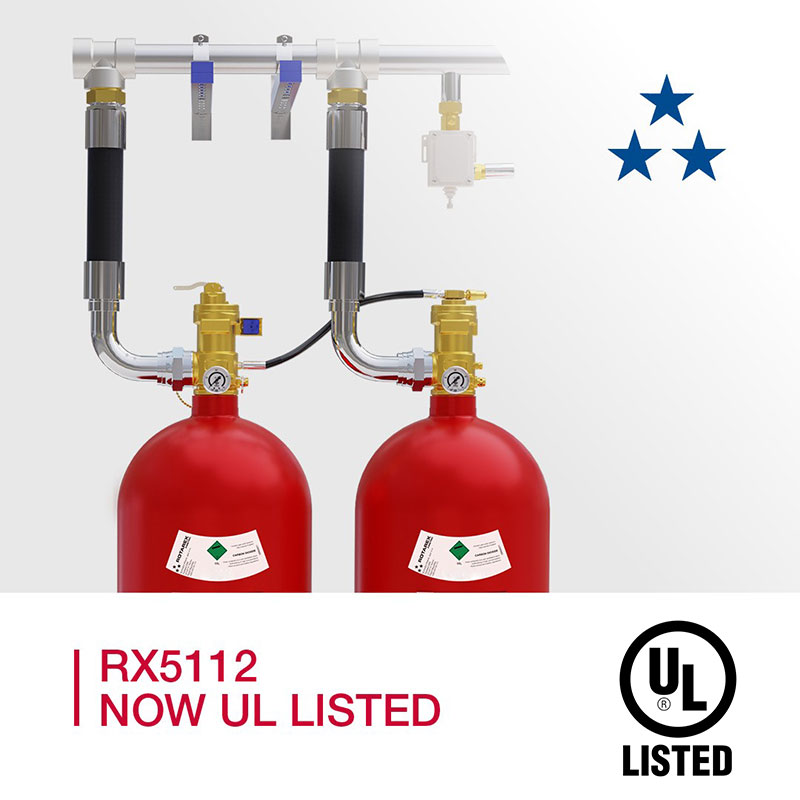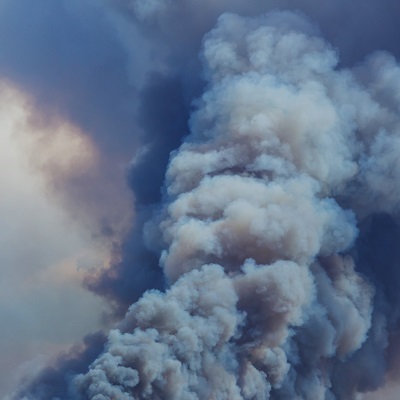Water Treatment Plant Chose Object Fire Protection for Electrical Cabinets
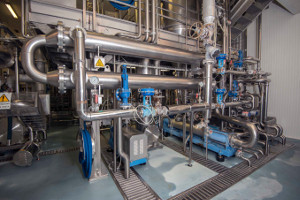
Situation
This water treatment plant filters 1.2 million cubic meters of water per day, serving 1 million customers. Built entirely underground, the facility uses 21 electrical cabinets to distribute power for pumps, mixers, aerators, motor controls, crushers, compressors, generators and more. Each cabinet is made with a welded frame, doors and side panels of 14-gauge steel and is 2061mm high x 600mm wide x 800mm deep. Situated in a dedicated electrical supply room, the 21 cabinets are placed side-by-side.
Challenge
Uninterrupted electrical power supply is essential for the plant to provide continuous water supply to city residents. To mitigate the risk of a power outage due to a fire in an electrical cabinet or multiple cabinets, the managers of the water treatment plant proposed to install best-practice electrical room fire protection. Their challenge was to determine what technology would provide optimal fire suppression, then find a vendor that could provide a cost-effective implementation.
Technology Review
Fixed Fire Safety Systems
A review of traditional fixed fire safety systems showed that a fire within an individual cabinet would likely be prevented from spreading to other cabinets or within the electrical supply room. However, the electrical cabinet where the fire occurred would be severely damaged and there was collateral damage to the entire supply room that could threaten ongoing operations. Plus, fixed fire protection systems require a significant investment.
Conclusion: While essential for many other applications, fixed fire systems don’t provide effective protection when a fire occurs inside an enclosed piece of equipment such as an electrical cabinet.
Object Fire Suppression Systems
An analysis of fire suppression systems that protect individual enclosed objects determined that a fire within an electrical cabinet could be quickly suppressed with minimal damage to circuitry and components.
Conclusion: An object fire protection system installed directly inside each electrical cabinet would provide the best option to ensure continuous power supply.
Vendor Selection
Plant managers established the following criteria for choosing a vendor to provide an object fire protection system:
- Proven performance
- UL certification
- Using environmentally-friendly clean agent
- Cost-effective
- Requires minimal maintenance
- Long lifetime of service
- Reputable, respected company with long history of performance
- Excellent service
After qualifying potential suppliers, FireDETEC from Rotarex Firetec was selected. FireDETEC clean agent object fire protection systems are UL approved, with a demonstrated track record of performance in over 160,000 installations worldwide. Rotarex Firetec pioneered object fire protection technology, one of hundreds of important innovations accomplished during its 80 years of operation.
Implementation
Since the electrical cabinets were placed in a row, side-by-side, plant managers chose to implement FireDETEC’s directional valve technology, which protects 3 cabinets from one cylinder with no loss in performance. Each cabinet is equipped with a directional valve that is closed when the system is armed. If a fire starts in one of the cabinets, the FireDETEC sensor tube bursts and the directional valve opens, triggering the main cylinder valve to discharge the clean agent fire extinguishing material. The discharge will be routed only through the open directional valve into the cabinet where there is a fire.
Result
- Easy Installation
The FireDETEC system was installed in a few hours. - Cost Savings
By selecting the directional valve option which required only 3 FireDETEC cylinder/valve assemblies, the plant saved 60% over the cost of installing a separate system for each cabinet. - Best-Practice Fire Protection
Plant managers have shown the public that they have installed best-practice fire protection.


